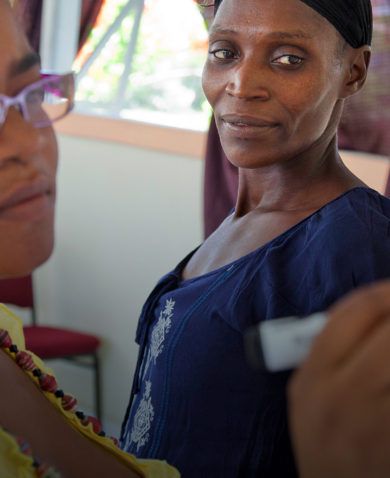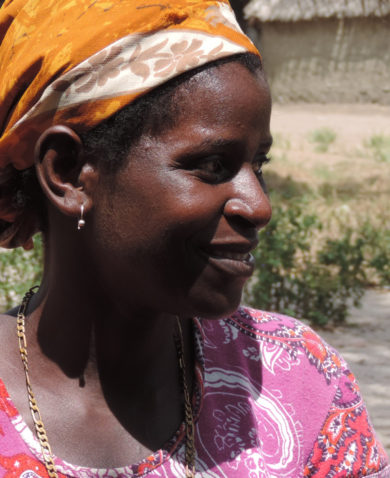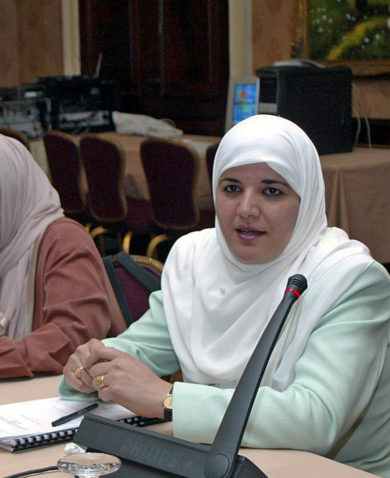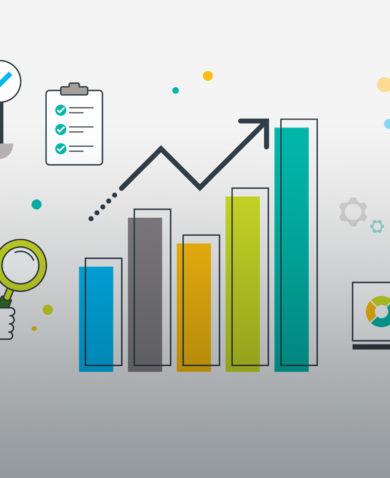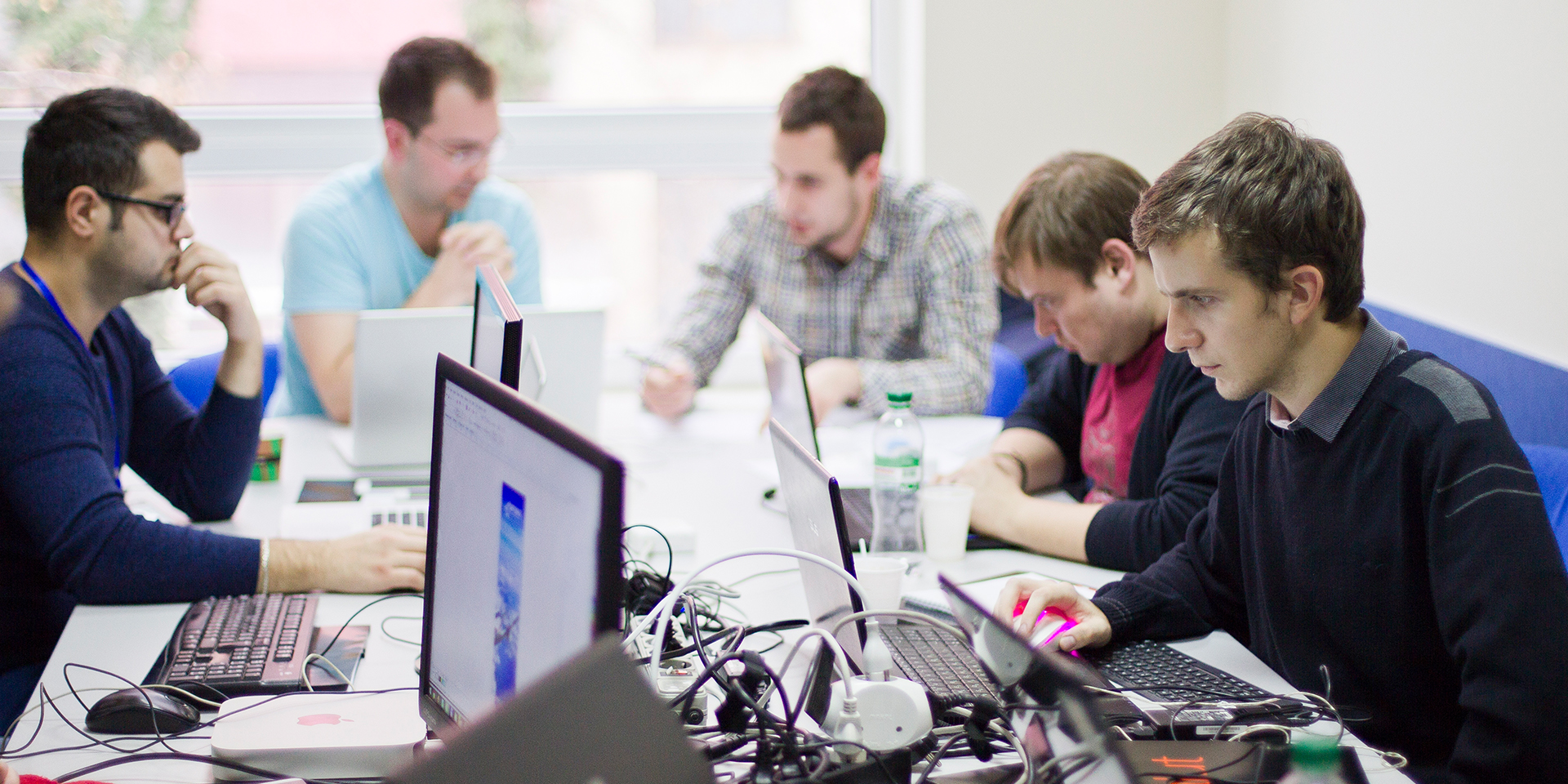
Incubators and Accelerators Aren’t Just for Silicon Valley Anymore
September 14, 2016 | 3 Minute ReadGabriel Gonzalez-Kreisberg explores the role that incubators and accelerators will play in the future of development, and discusses four new "solutions labs" created by Chemonics and Arizona State University based on the incubator model.
Over the past few decades, international development actors have sought models from outside of the traditional donor-implementer paradigm, understanding that innovation in development comes from cooperation and learning. In an attempt to tear down the silos of business, government, and NGOs, the international development community has called on strategies employed by tech incubators and accelerators to create new ways to identify, fund, and implement technologies, strategies, and products that maximize development impact.
How is the development community adapting the incubator and accelerator model?
Incubators and accelerators identify technologies and ideas that have not yet been fully commercialized and provide the capital, mentorship, and executive leadership required to take them to market. Traditionally, both models have focused on technology solutions, software, and mobile applications, but they can also be used to scale up other forms of innovation.
While accelerators and incubators such as IdeaLab and Techstars have engaged some social businesses (for example, dopay, a Techstars graduate, is a solution that digitizes payroll for unbanked employees), their focus is on investment and monetary returns rather than social value. But given the proven track record of this model, development organizations have begun to harness the incubator and accelerator models with the explicit goal of improving lives in developing countries by sourcing and implementing ideas, businesses, and technologies in the field.
NGOs, USAID, foundations, and development implementers have each applied the incubator and accelerator models in different ways.
NGOs: Ashoka started the Ashoka Globalizer in 2010, with the goal of using its existing entrepreneurial network to identify the highest performing concepts ripe for acceleration. The Globalizer Summit takes those concepts, refines them, and tests them at an event — creating a road map to bring the innovation to the field, increase market access, scale impact, or achieve full market potential. The 2015 Globalizer in Latin America accelerated four innovations, including Clínicas del Azúcar, which improves access to diabetes treatment.
USAID: USAID has also more deeply integrated Silicon Valley thinking in its work over the past five years. Predominantly through the U.S. Global Development Lab, the agency has created flexible funding mechanisms, partnerships, and research labs to push forward the field of development. The Development Innovation Ventures competition sources cutting-edge development ideas for funding, testing, and potential scaling. Successful grantees include OperationASHA, which was provided funding to test the efficacy of using biometric identification to reduce the cost of tuberculosis (TB) treatment.
USAID also coordinates partner labs that filter and accelerate innovative development thinking through the Higher Education Solutions Network (HESN). Network members include, the University of California-Berkeley Development Impact Lab, the Global Center for Food Systems Innovation at Michigan State University, and Makarere University’s ResiliantAfrica Network. Among other current projects, the Berkeley Development Impact Lab is currently testing new financing and distribution mechanisms to increase electrification through the Rural Electric Power Project (REPP) in Kenya and India, with the goal of bringing that model to scale.
The Gates Foundation: One pillar of the Gates Foundation’s historic commitment to TB eradication (including over $200 million to the Aeras Global TB Vaccine Foundation) includes the so-called TB Drug Accelerator (TBDA). The TBDA draws on the model of incubators and accelerators — inviting application and development of multiple ideas and solutions, but ultimately selecting only a few promising candidates for further funding, as it seeks an improved TB drug treatment regimen.
Development Implementers: Drawing upon the incubator model, Chemonics and Arizona State University (ASU) have developed solutions labs, which adapt innovative ideas from academia for testing in the field. Currently, we have created four active labs:
- The Global Impact Collaboratory concentrates on innovative approaches to monitoring, evaluation, and data collection training within international development.
- The Last Mile Supply Chain Solutions Lab creates game-changing solutions related to last mile supply chain management and delivery.
- The Community Violence Prevention Lab examines challenges and tests approaches related to politically and criminally motivated community violence.
- The Health Workforce Solutions Lab develops continuing medical education tools for community health workers, nurses, and other front-line health care providers.
The labs are directed by Chemonics’ technical leaders and will engage with partners in collaborative problem solving to address development issues. Over the next year, Chemonics will apply those solutions to the field.
How does this affect the future of international development?
These examples from NGOs, government, foundations, and development implementers show that models from Silicon Valley are being increasingly applied to the social and development sector. While there has already been demonstrable impact from incubated and accelerated development ideas, the search continues for increased effectiveness and deepened reach. In fact, this nexus between development, business, and innovation will be explored in depth this week at the Social Capital Markets Conference (SOCAP16) in San Francisco, California, as top impact investors, social entrepreneurs, foundations, corporations, nonprofits, government agencies gather to discuss the intersection of money and meaning. Conferences like SOCAP are increasingly necessary to transmit lessons learned and help organizations avoid pitfalls as they work towards a common goal of human progress.


